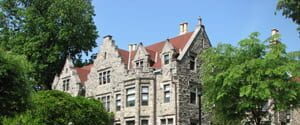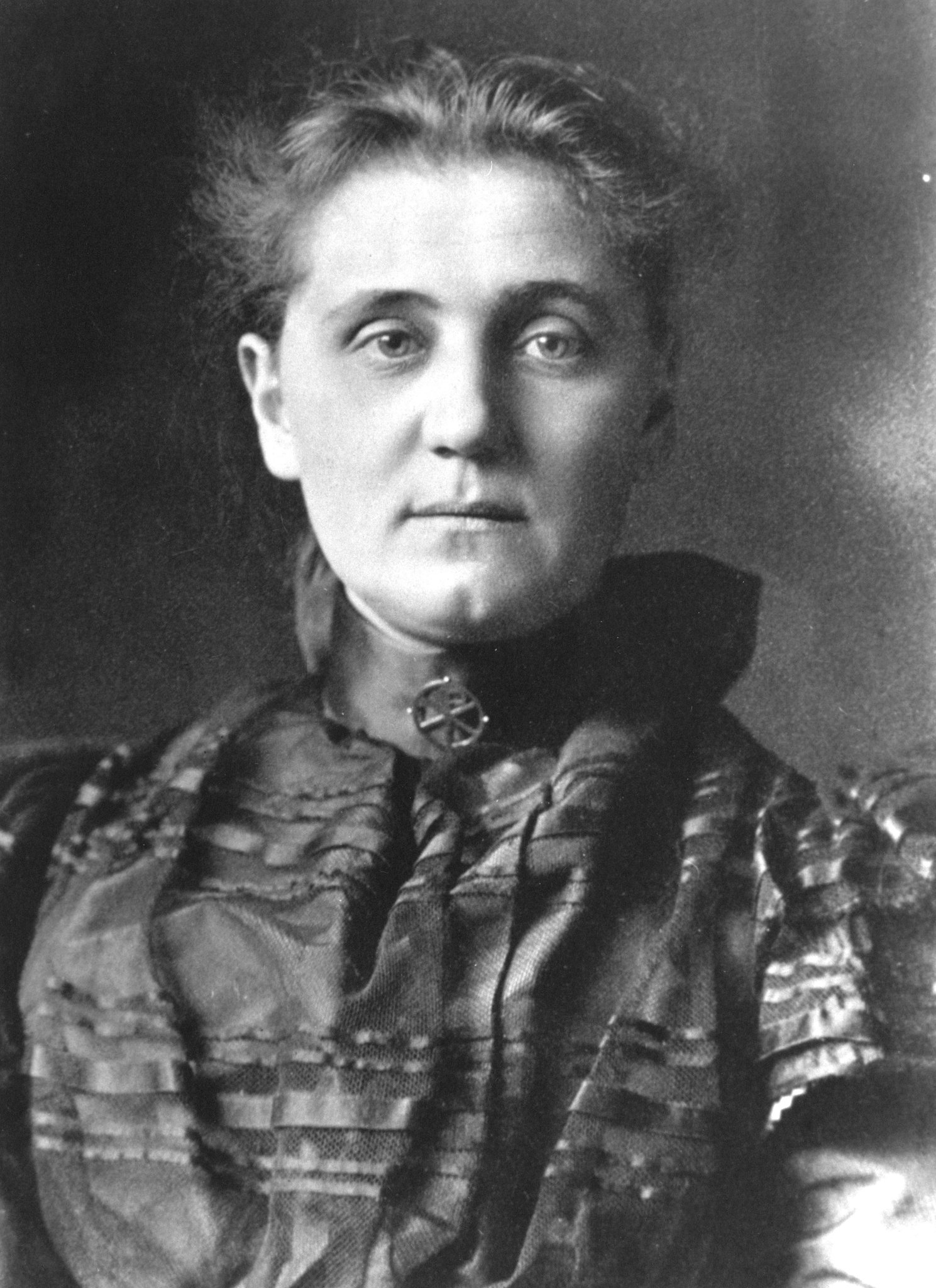A version of this piece appeared in the Philadelphia Inquirer, June 20, 2011
A student in my American history class discovered two New York Times surveys published in 1922 listing, separately, the greatest living American women and men. In each case, a group of civic, academic and religious leaders were asked to submit their nominees.
This was not just another “best presidents” or “greatest weekend getaways” poll. As far as we could tell, the 1922 lists were unique in their time.
In part, they were a reaction to the catastrophe of the Great War. In its aftermath, many found their faith in European culture deeply shaken. The surveys provided some reassurance that America, at least, “was rich in [daughters] and sons whose names demanded niches among the greatest.”
The half dozen most frequently mentioned women were Jane Addams (pictured), Edith Wharton, Ida Tarbell, Carrie Chapman, M. Carey Thomas and Cecelia Beaux.
The names were not immediately familiar to the class. As we talked about their various contributions, the students realized that with the exception of the artist Cecelia Beaux, a Philadelphian, they were all social activists. Even Edith Wharton, the novelist among them, filled her books with societal critiques, mostly of the upper class from which she came.
Jane Addams and Ida Tarbell, a Pennsylvanian, were both leading Progressive Era figures. They continue to be mentioned in American history textbooks today for their pioneering work in aiding the urban poor (Addams) and exposing the monopolistic practices of big business (Tarbell).Two of the others, Chapman and Thomas,had been important participants in the long struggle for women’s voting rights, finally won in 1920. M. Carey Thomas was also the second president of Bryn Mawr College.
The list of men was topped by Thomas Edison, Charles Evans Hughes, John D. Rockefeller, Woodrow Wilson, Charles Eliot and Herbert Hoover. And they turned out to share important ties with their female counterparts.
In 1922 Herbert Hoover was six years away from his presidency but already a world-famous American. His reputation rested upon his work heading up the aid organization that had provided food to millions of Europeans during and after the First World War. Jane Addams was one of his assistants, and she went on to win the Nobel Peace Prize in 1931.
The students thought of John D. Rockefeller primarily as an oil baron. But he was also a philanthropist. Beginning at the turn of the century, he set about giving away his money with the same single-mindedness he had used to accumulate it. Ironically, it was Ida Tarbell’s investigative journalism that helped convince the U.S. government to pursue anti-trust actions against Rockefeller’s company, Standard Oil.
Two of the names on the men’s list were new to the students: Charles Eliot, an educator and college president like M. Carey Thomas and Charles Evans Hughes, Secretary of State in 1922 and a former New York governor and supreme court justice.
The “Wizard of Menlo Park,” as Edison was known, earned the most votes for combining the qualities of inventiveness, perseverance and entrepreneurial success Americans have always admired.
Who are today’s greatest Americans?
Before they took a look at the 1922 data, the class came up with a their own list of greatest living Americans for 2011. The parallels between the two were striking.
Hilary Clinton’s profile, secretary of state and a former New York Senator, recalled that of Charles Evans Hughes. Steve Jobs, the maverick entrepreneur and creative genius, reminded them of Edison. Bill Gates, now in the philanthropic phase of his career, seemed much like Rockefeller.
In Al Gore, they saw a parallel to Jane Addams and Ida Tarbell, recognizing him for his decades long commitment to environmental activism.
Barack Obama shares with Woodrow Wilson not only a presidency during war and difficult economic times but a rare, at least among Presidents, academic background. Notably, there were no educators on the 2011 list.
Oprah Winfrey has qualities in common with several of the people on the 1922 list, but combines extraordinary entrepreneurial success with social consciousness in a different way than her predecessors.
Perhaps most reassuring about the students’ choices in 2011, is that they continue to reflect an appreciation for activists, public servants and innovators who devote themselves to the greater good.


That’s a great exercise! A few years ago, a guy I work with went into high-school classrooms and asked students to list the top ten most significant figures in history–a different exercise than the one you describe–and elicited a list topped by Martin Luther King, Jr., Rosa Parks, Harriet Tubman, and Susan B. Anthony. Remarkably. he found that adults survey produced pretty much exactly the same list. The only living person on the list was Oprah Winfrey.
I’m surprised that King, Parks, Tubman and Anthony topped the list.
I would think that some of the “founding fathers” and Lincoln would still be in the top five.
Oprah was also one of the top choices of my group of students.
Yes, what is remarkable is how much the civil rights era and the perspective it has engendered have become part of the mainstream national consciousness. Black students were not markedly more likely to nominate MLK etc. than white students.
I needed something positive to read. I don’t agree with all choices but I don’t fault the actions that their choices are taking (such as Bill Gates, I don’t really respect him and some of his philanthropic choices). Still, it’s good to see that the kids are interested in the same problems from 70 years ago and are still the same today.